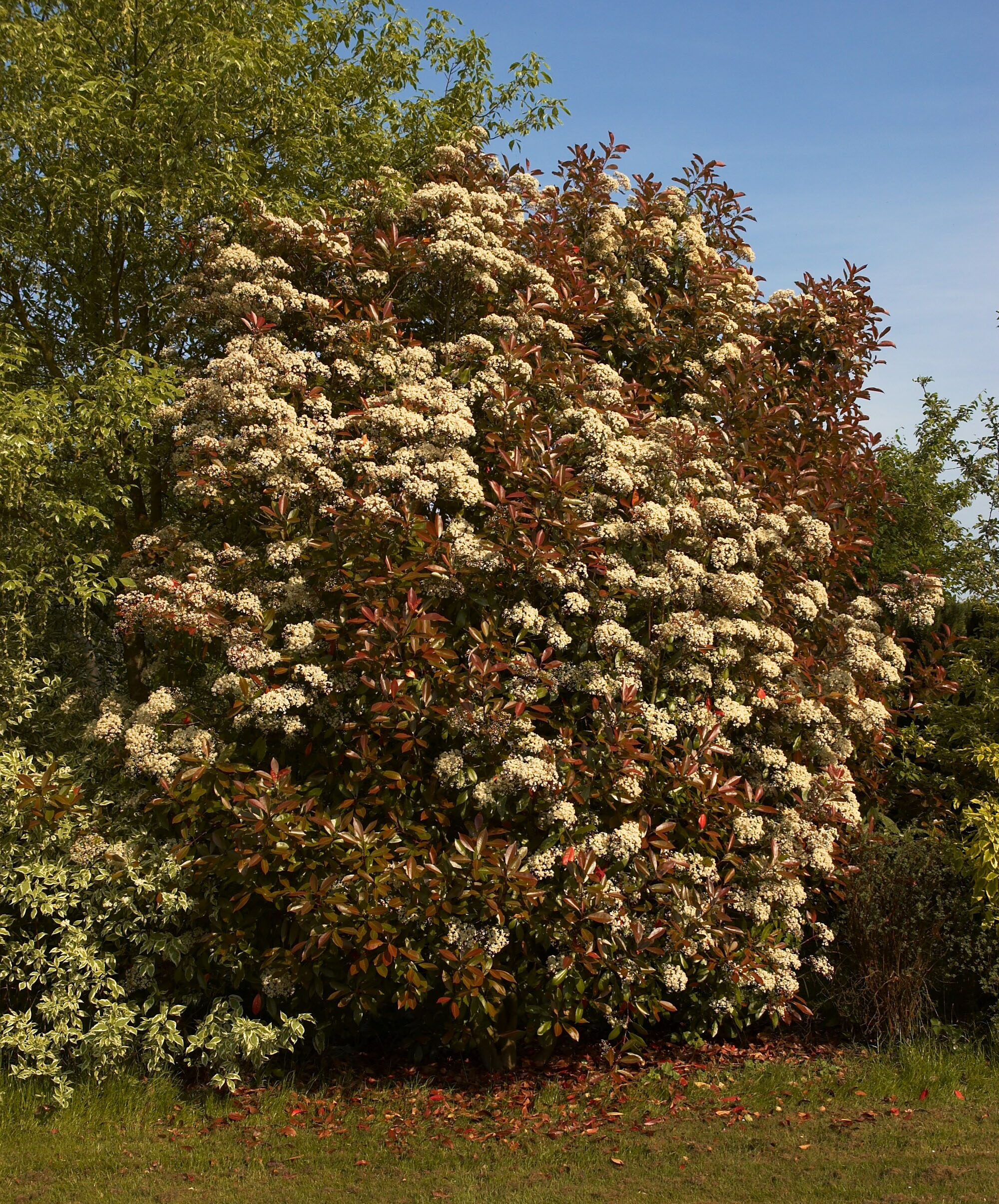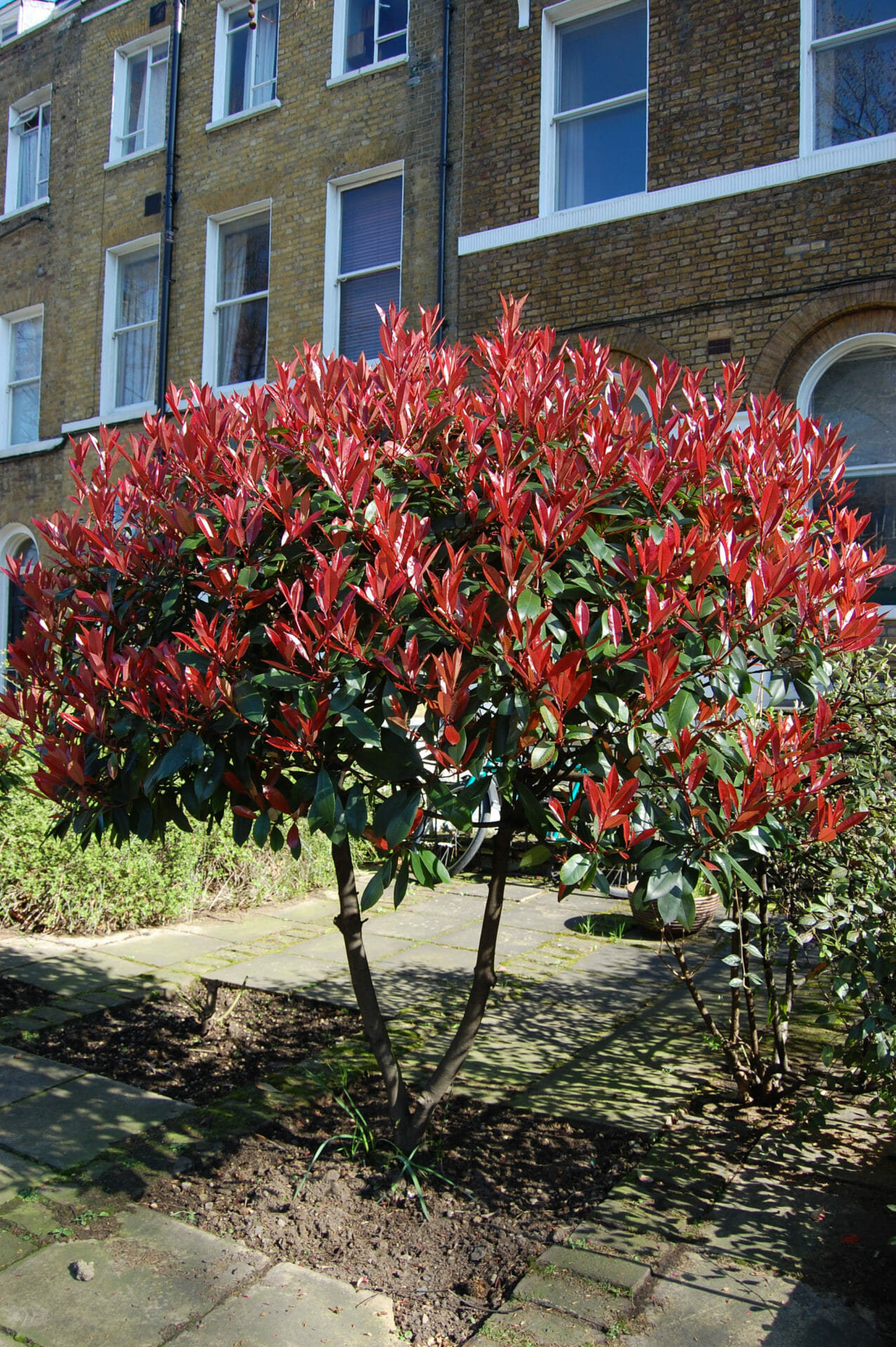
Photinia Plant
Photinia Plant: A Comprehensive Guide
Introduction
Photinia plants are popular shrubs known for their vibrant red foliage, making them an attractive addition to any garden or landscape. In this article, we will explore everything you need to know about Photinia plants, from their origins and characteristics to care tips and common varieties.
Origin and Characteristics
Photinia plants belong to the Rosaceae family and are native to Asia, particularly China and Japan. They are evergreen shrubs or small trees that can reach heights of up to 15 feet. One of the most distinctive features of Photinia plants is their bright red new growth, which turns to green as the leaves mature.
Types of Photinia Plants
There are several popular varieties of Photinia plants, each with its own unique characteristics. Some common types include Photinia fraseri, Photinia x fraseri ‘Red Robin’, and Photinia serratifolia. These plants vary in size, growth habit, and foliage color, providing options for different garden styles and preferences.
Planting and Care Tips
:max_bytes(150000):strip_icc()/red-tip-photinia-growing-profile-3269221-4-1dc9839e64754ce8a0852934ed9bd4da.jpg)
When planting Photinia plants, it is important to choose a sunny location with well-draining soil. These plants prefer slightly acidic soil and regular watering, especially during hot summer months. Pruning is also key to maintaining the shape and health of Photinia plants, and it is best done in late winter or early spring.
Common Pests and Diseases
Like any plant, Photinia plants are susceptible to certain pests and diseases. Common issues include leaf spot, powdery mildew, and aphids. Regular inspection and proper care can help prevent these problems, but it is important to address any issues promptly to avoid widespread damage.
Benefits of Growing Photinia Plants
Aside from their striking appearance, Photinia plants offer several benefits to gardeners. They are relatively low-maintenance once established, making them a great choice for busy homeowners. Additionally, these plants attract pollinators like bees and butterflies, contributing to a healthy garden ecosystem.
Landscaping Ideas with Photinia Plants

Photinia plants can be used in a variety of landscaping settings, from formal hedges to mixed borders. Their colorful foliage adds interest and texture to any design, whether planted as a standalone specimen or in groupings. Consider pairing Photinia plants with other evergreen shrubs for a cohesive look year-round.
Propagation and Repotting
If you want to propagate Photinia plants, you can do so by taking semi-hardwood cuttings in late summer or early fall. Keep the cuttings in a moist, well-draining soil mix until they develop roots. Repotting is also necessary for mature plants to refresh the soil and promote healthy growth.
Winter Care for Photinia Plants
In colder climates, it is important to protect Photinia plants from frost and winter damage. Mulching around the base of the plant can help insulate the roots, while covering the foliage with burlap or frost cloth can prevent cold injury. Avoid pruning in late fall or winter to reduce stress on the plant.
FAQs
Q: Are Photinia plants invasive?
A: While Photinia plants are not considered invasive, they can spread rapidly in the right conditions. Monitor their growth and prune as needed to prevent overcrowding.
Q: How often should I fertilize my Photinia plants?
A: Photinia plants benefit from annual fertilization in spring with a balanced, slow-release fertilizer. Avoid over-fertilizing, as this can lead to excessive growth.
Q: Can I grow Photinia plants in containers?
A: Yes, Photinia plants can be grown in containers as long as they have adequate drainage and room for root growth. Choose a large pot and use a well-draining soil mix.
Conclusion
In conclusion, Photinia plants are versatile and attractive additions to any garden or landscape. With their vibrant foliage, easy care requirements, and landscaping potential, these shrubs are a popular choice among gardeners of all skill levels. By following the tips and guidelines outlined in this article, you can successfully grow and enjoy the beauty of Photinia plants in your own outdoor space.